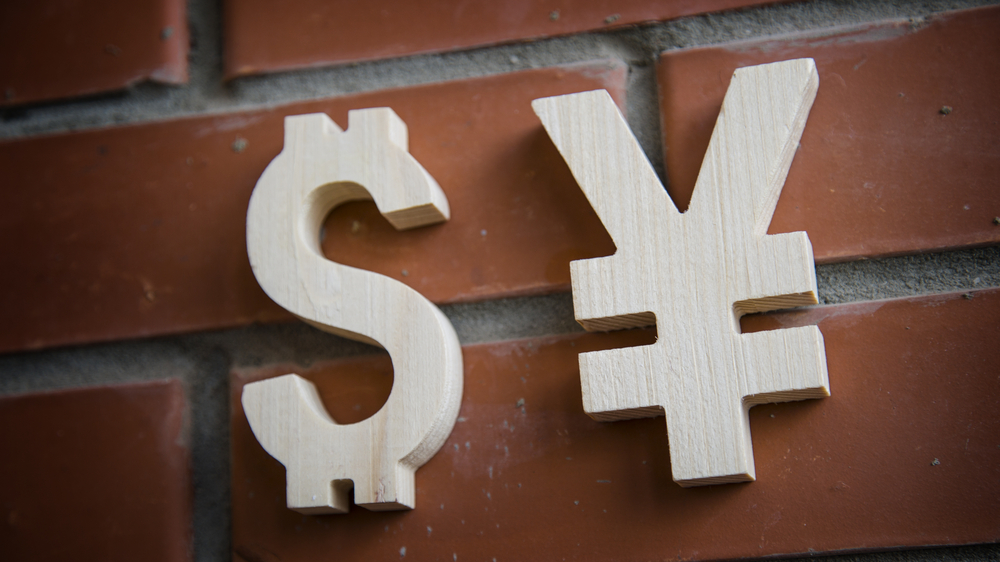
Risk was highly out of favour as trading got underway this Thursday morning – with the Japanese yen stepping in to mop up gains.
It was up against its main rival, the US dollar, all throughout the day.
The dollar was struggling to recover from a data release earlier in the week which showed that manufacturing levels in the country were down to their lowest position in more than a decade.
The figures from the Institute for Supply Management had a profound knock-on effect on the dollar’s performance, and managed to put it on its back foot against a wide range of competitors.
With other possibly worrying releases looming, such as the ISM services report coming out on Thursday as well as the labour market figures due on Friday, the dollar looks set to be out of favour with traders for a little while yet.
The uncertainty in the American economy caused contagious effects around the world – with the main one being a sudden decline in the appetite for risk.
In its pair with the Japanese yen, the dollar was noted at only a tiny fraction above its worst position for a month.
It was seen at 106.97 yen at one stage, which pushed it down by 1.4%.
This was a far cry from the position of 108.44 yen it had been recorded at earlier in the week.
Worries have also now begun to surge about a new potential frontier on the trade battle front.
The United States announced that it had been able to add tariffs on imports for $7.5bn worth of goods which come across the Atlantic to the US.
This came in response to subsidies which were given to Airbus, which were then ruled illegal.
This saga fuelled fears that the European Union bloc and the US will now seek to engage in a trade battle along the lines of the one currently occurring between America and China.
The US dollar went down in its pair against the euro and was recorded at $1.0964 at one stage.
The British pound appeared to be a little more confident than it had been in previous days.
Prime Minister, Boris Johnson, who is facing less than a month until the supposed Brexit deadline, has suggested creating a regulatory zone which will cover the entire island of Ireland.
This appeared to keep the pound firm in its pair with the US dollar, and it was seen at $1.2289 at one stage – although it was not immediately clear how much of this was due to confidence in the British Prime Minister’s plan and how much of it was due to concerns over the performance of the US economy.
It is also not clear how much the Democratic Unionist Party, whose parliamentary votes could cause a stumbling block when the deal comes to be approved by parliament, would approve the plan – as they are seeking a situation in which there is no divergence between the situation in Northern Ireland and in Great Britain.
 Between 74-89% of CFD traders lose
Between 74-89% of CFD traders lose  Your capital is at risk
Your capital is at risk  Your capital is at risk
Your capital is at risk  Your capital is at risk
Your capital is at risk